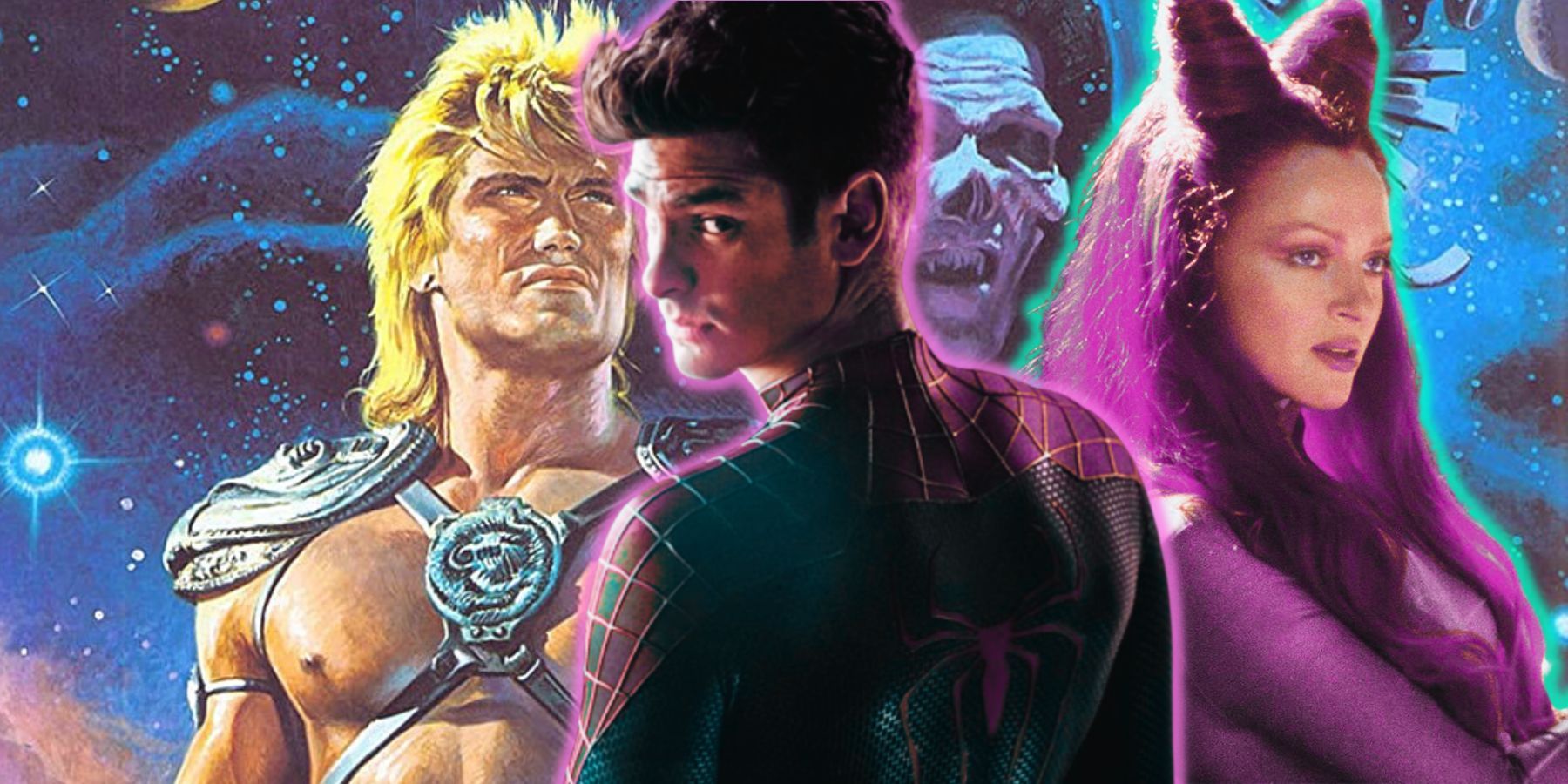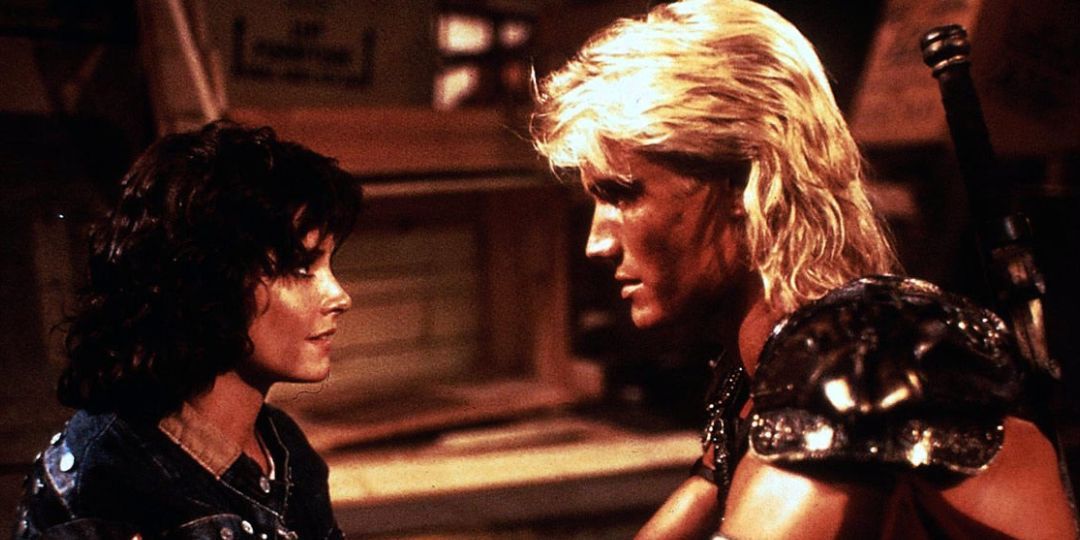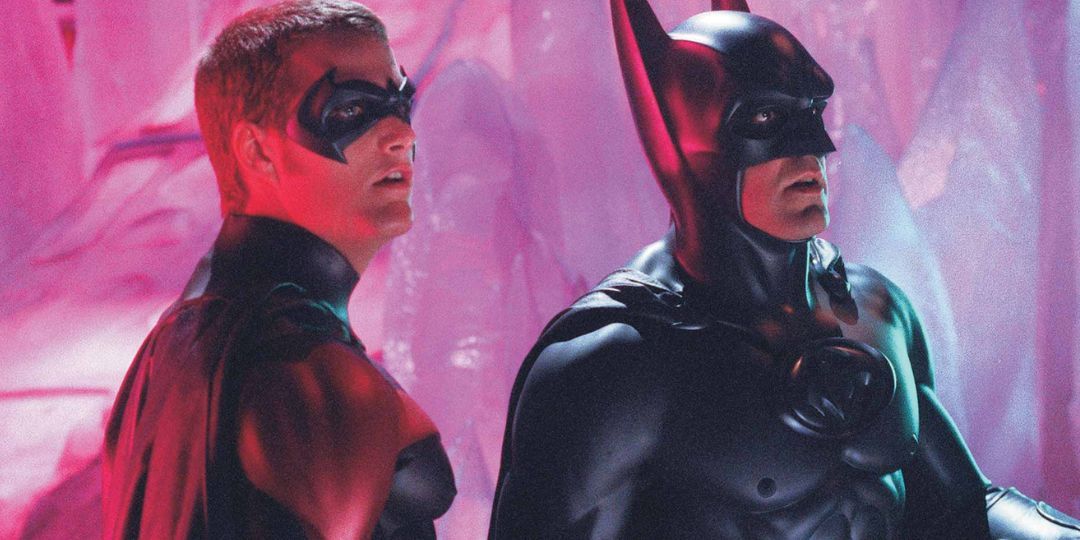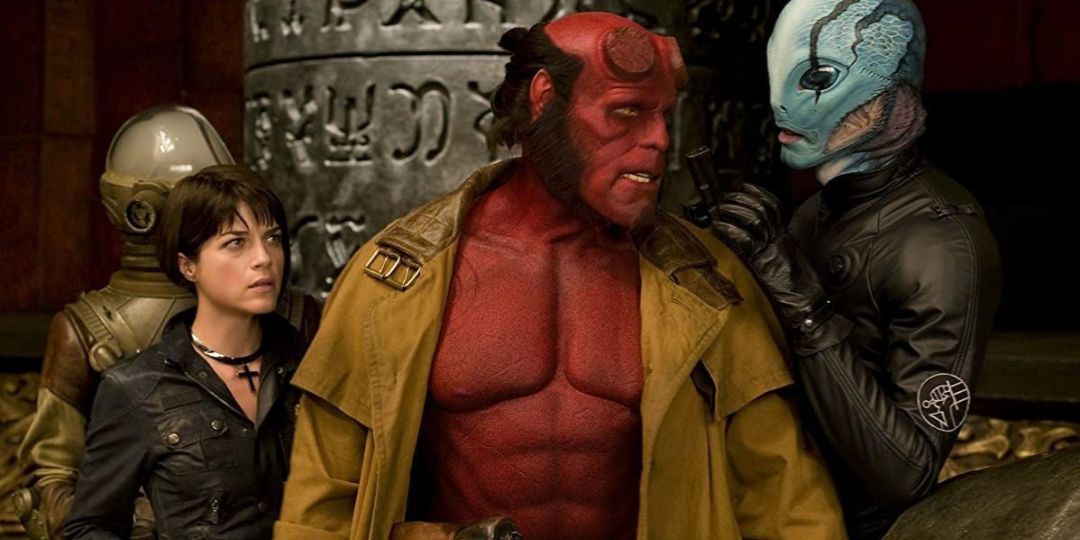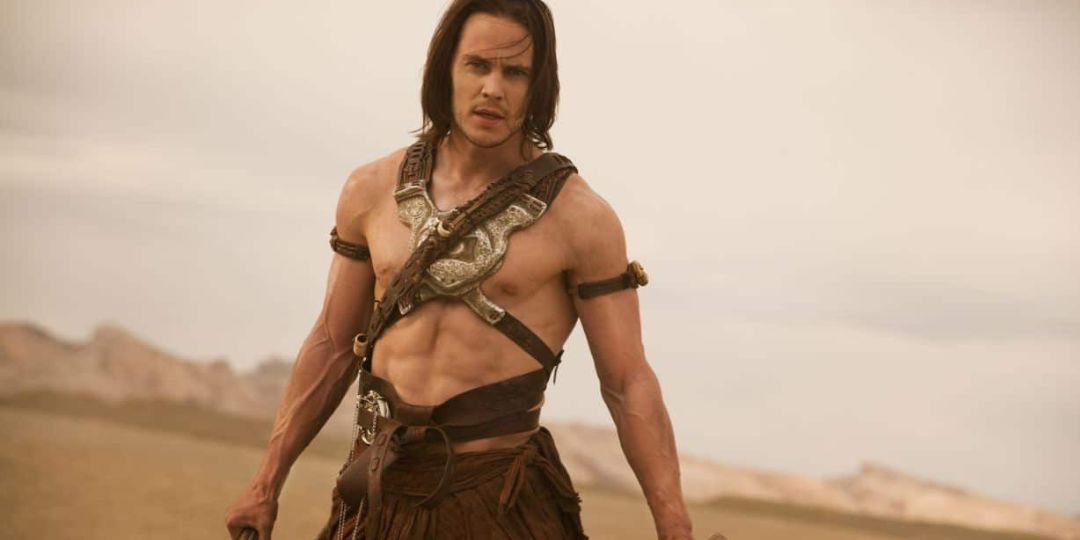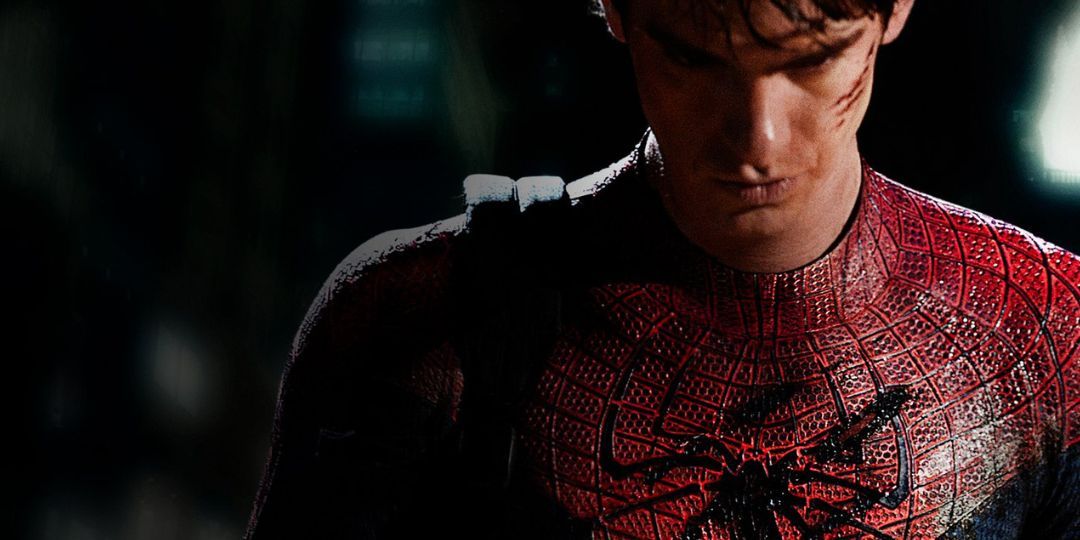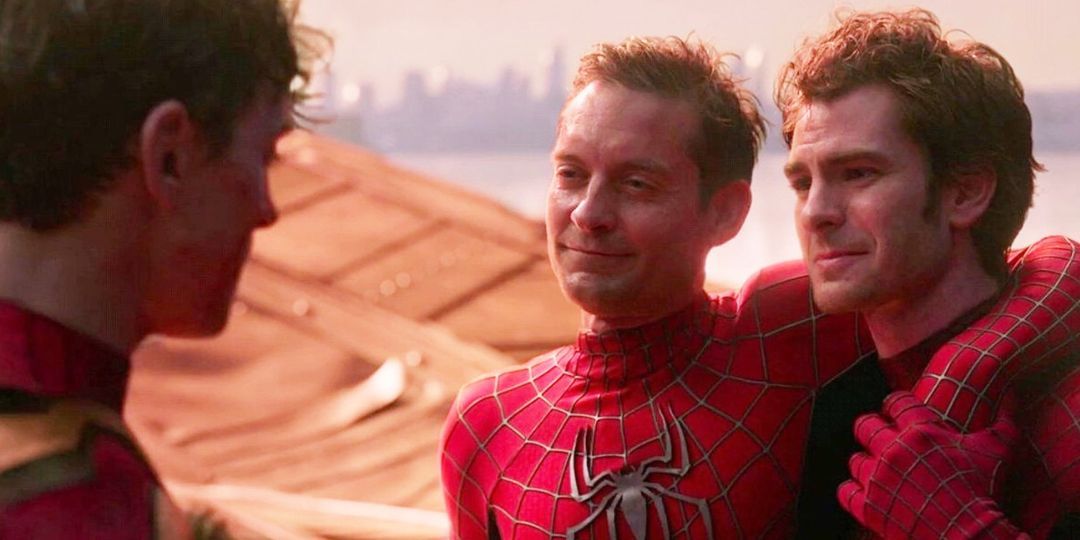Thanks to the Marvel Cinematic Universe (MCU) films, today’s moviegoers are primed for after-credits sequences and cliffhangers that set up sequels to their favorite action films. For the most part, studios bank on the longevity of a property. If it can become a franchise, or revive an older property with a built-in fan base, it’ll be green lit. Even less-than-well-received entries in a big-budget action movie series — ahem, Batman v Superman: Dawn of Justice (2016), anyone? — will spawn equally big-budget sequels. But that wasn’t always the case.
Whether they were stuck in production hell, tangled up in movie rights controversies, or guilty of underwhelming box office performances, these action movies didn’t get a chance to continue the stories they set up — or the continuations they hinted at. Here are 5 action movies that teased sequels that never happened.
Masters of the Universe (1987)
Long before Nate Stevenson’s She-Ra and the Princesses of Power, there was He-Man & Masters of the Universe, a two-season sci-fi cartoon series from 1983. But He-Man and She-Ra didn’t start out as cartoon characters. In fact, toymaker Mattel created the sword-and-planet-themed franchise to sell original action figures. In Mattel’s original iteration, He-Man — the alter ego of Prince Adam — battles Skeletor and his forces of evil on the planet Eternia. Despite being full of swords and sorcery, He-Man wasn’t a purely medieval-based fantasy series, instead integrating futuristic tech and other sci-fi tropes, too.
From there, the media franchise spawned the various animated series, tie-in books, comic strips, and, perhaps most notoriously, a live-action film: Masters of the Universe. The 1987 film takes inspiration from the franchise’s origins, but puts a very ‘80s action-adventure movie twist on the whole thing. In Masters of the Universe, two teenagers (Courteney Cox and Robert Duncan McNeill) meet He-Man (Dolph Lundgren) and his friends, who arrive at Earth by chance. From there, the team sets out to save the universe from the evil Skeletor (Frank Langella).
And that’s just the cliff notes version of the plot. There’s also a musical Cosmic Key, mind-control collars, and, of course, He-Man’s infamous Sword of Grayskull. All of these mystical items lend themselves to a bizarre mix of sci-fi screwball comedy meets uneven ‘80s action romp. Considered a critical and commercial failure in its day, Masters of the Universe has since become a cult classic. It’s a shame the fanfare arrived a little too late: In a post-credits scene, Skeletor emerges from the vast pit He-Man knocked him into, and proclaims, “I’ll be back!” That, of course, never came to fruition.
Batman & Robin (1997)
Decades before the MCU dominated pop culture — and the box office — superhero movies weren’t a dime a dozen. And they certainly didn’t take themselves as seriously. Instead, the superhero fare of the ‘80s and ‘90s leaned heavily into their comic book roots. The Warner Bros. Batman movies, originally brought to the screen by director Tim Burton (Wednesday), captured that spirit of action-comedy-adventure perfectly. Well, for a time.
Burton’s Batman (1989), which starred Michael Keaton as Bruce Wayne/Batman and Jack Nicholson as the Joker, was a huge success. It spawned several sequels, including Batman Returns (1992) — here, Keaton is joined by Danny DeVito (The Penguin) and Michelle Pfeiffer (Selina Kyle/Catwoman) — and Batman Forever (1995), which featured an all-star cast of Tommy Lee Jones (Harvey Dent/Two-Face), Nicole Kidman (Dr. Chase Meridian), Chris O’Donnell (Dick Grayson/Robin), Jim Carrey (Edward Nygma/The Riddler) and, replacing Keaton, Val Kilmer. Of course, Kilmer’s Caped Crusader wasn’t the only significant change; while Burton stayed on as a producer, Joel Schumacher directed the third Batman film. And that brings us the fourth — and most controversial: Schumacher’s 1997 follow-up, Batman & Robin.
Over 25 years later, Batman & Robin remains a love-it-or-hate-it movie. Before his passing, Schumacher apologized to Batman fans for the campy turn the series took under his wing. Starring George Clooney as Bruce Wayne, Batman & Robin conjures a few distinct images to mind: Uma Thurman’s drag-esque Poison Ivy kissing false-lip-wearing Robin; a version of Gotham that looks like the wildest Hot Wheels track imaginable; Arnold Schwarzenegger’s pun-loving Mr. Freeze; and the nippled Batsuit.
Absurd and cringey, Batman & Robin certainly takes inspiration from films like Faster Pussycat! Kill! Kill! (1995) and the works of camp connoisseurs like director John Waters. But, no matter a viewer’s personal feelings on the film, it’s clear that this wasn’t a direction Warner Bros. wanted — especially not after spending $160 million on the film’s production budget and another $125 million on its marketing and merchandising. So, even though the fifth film, Batman Unchained, promised a darker direction, the planned sequel was promptly canceled.
Hellboy 2: The Golden Army (2008)
Between Pinocchio and Cabinet of Curiosities, Oscar-winner Guillermo del Toro had a successful 2022. It’s hard to imagine that the acclaimed filmmaker would have any trouble getting his vision made — but that remains the case for the third entry in the Hellboy trilogy that never was. Based on the Dark Horse Comics graphic novel Hellboy: Seed of Destruction, del Toro’s Hellboy (2004), which starred Ron Perlman (Sons of Anarchy), was a surprise hit. Not only did it receive glowing reviews, but the superhero action movie also grossed nearly $100 million worldwide against a $60 million budget.
All of this prompted Universal Pictures to green light a sequel. Hellboy II: The Golden Army (2008), which was again written and directed by del Toro and led by Perlman, was even more successful than the first installment. Against an $83 million budget, Hellboy II grossed nearly $170 million. Not to mention, fans and critics alike praised the distinct fantasy atmosphere, the cast’s performances, and the Oscar-nominated makeup and practical effects.
At the end of The Golden Army, Hellboy and his girlfriend, the pyrokinetic Liz (Selma Blair), resign from the Bureau for Paranormal Research and Defense. When considering their future together, Liz reveals that she’s pregnant with twins. A special feature on the DVD release, the “Zinco Epilogue,” even hints at the return of supervillains Rasputin and Karl Ruprecht Kroenen.
From 2010 through 2016, del Toro and Perlman kept hope alive for a third film. With del Toro pursuing other projects and studio interest waning, the director announced in 2017 that Hellboy III wouldn’t happen — even though there was a story idea and partial script. In 2019, Perlman suggested they ignore the ill-received reboot (starring David Harbour) and make a third entry. In 2022, the Hellboy star reiterated that fans were owed a satisfying conclusion to the would-be trilogy — but nothing came of that statement.
John Carter (2012)
What was Disney’s John Carter about? Even viewers who watched the all-over-the-place trailer back in 2012 probably couldn’t piece together a coherent plot. Directed by Pixar’s Andrew Stanton (WALL-E), the sci-fi action movie is based on the first book in Edgar Rice Burroughs’ Barsoom series, A Princess of Mars, from the early 1900s. Although Burroughs’ works clearly influenced sci-fi epics that came after — Star Wars and Dune, for example — its jump to screen in 2012 made it feel derivative of the very properties it inspired.
Interestingly, a Hollywood adaptation of the work had been attempted since Hollywood’s early days. But the interplanetary adventures of John Carter often landed in production limbo. Disney had tried in earnest to bring John Carter’s adventures to the screen in the ‘80s, but failed. After renewing screen rights to the property at Stanton’s request, Disney put out what’s considered one of the biggest box office bombs in movie history.
While much of this is pinned on what’s touted as “one of the worst marketing campaigns in movie history,” it’s safe to say the film had many flaws. Lead Taylor Kitsch (X-Men Origins: Wolverine) was as bland as the surrounding planets, and with a ballooning budget John Carter went down as one of the most expensive movies ever made — hence the big box-office failure. Needless to say, Disney quickly canceled Gods of Mars and Warlord of Mars, the other entries in Stanton’s planned trilogy.
The Amazing Spider-Man 2 (2014)
If there’s one action movie on this list that still has the faintest glimmer of being revived, it might just be Sony’s The Amazing Spider-Man series, which starred Andrew Garfield (Tick, Tick…Boom!) as the beloved webslinger. An edgier reboot of Spidey post-Tobey Maguire’s Spider-Man 3 (2007), The Amazing Spider-Man was always intended to be a trilogy, much like the Maguire-starring and Sam Raimi-directed trilogy before it. But that didn’t quite pan out.
In The Amazing Spider-Man 2, Peter Parker faces off against Electro (Jamie Foxx), continues his relationship with Gwen Stacey (Emma Stone), and tries to solve the mystery of his parents’ death. Elsewhere, Parker’s former best friend, Harry Osborn (Dane DeHaan), assumes the mantle of Green Goblin. Paul Giamatti also makes an appearance as Rhino. So, yes, there’s enough going on to feed a whole slew of sequels.
At the end of the film, Spidey saves the day, but he’s unable to save Gwen. Scarred by her death and guilt-ridden over his part in it, Peter puts his Spider-Man days behind him. Months later, Peter does don the suit again to pursue prison escapee Rhino, but there’s still a lot of unresolved trauma swirling around him. Not to mention, Gustav Fiers (Michael Massee), who goes by the alias The Gentleman, visits Harry Osborn and suggests they form their own supervillain team. The set-up? A third film that involves the Sinister Six.
Originally, Sony intended to launch a Spider-Man cinematic universe to compete with the MCU. Not only would they round out the Spidey trilogy, but they announced a fourth Amazing Spider-Man film as well as potential spin-offs. After many, many starts and stops — Raimi was tapped for a potential Spider-Man v Amazing Spider-Man mashup, while Stone revealed she was in talks about returning as Spider-Gwen — nothing came of Sony’s plans. Around this time, Marvel Studios wanted to introduce Spider-Man to the MCU in Captain America: Civil War (2016). After much back-and-forth, the studios struck a deal that would land Tom Holland’s Peter Parker in the MCU and effectively cancel The Amazing Spider-Man franchise.
Although heartbroken at the time of the cancelation, Garfield had the chance to reprise his role in the much-loved and acclaimed Spider-Man: No Way Home (2021). The third film in the Holland-led MCU Spider-Man films, No Way Home is a multiverse story that brings characters from both Garfield and Maguire’s Spider-Man franchises into the MCU. Not only was it a blast to have all three Spideys on screen, but No Way Home gave Garfield’s still-haunted Peter Parker the chance to save the MCU’s MJ (Zendaya) as an emotional, but apt, way of helping him finally come to terms with Gwen’s death.

